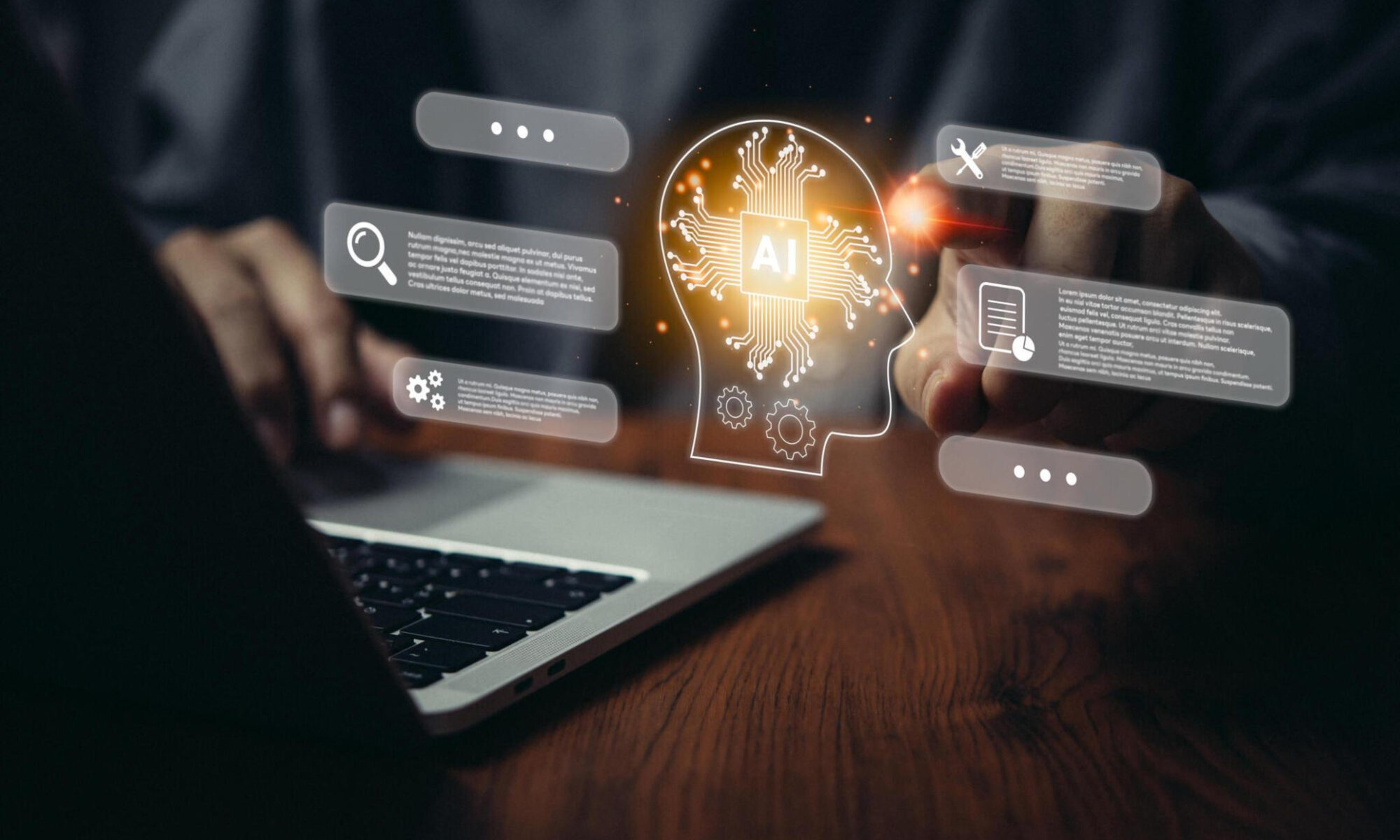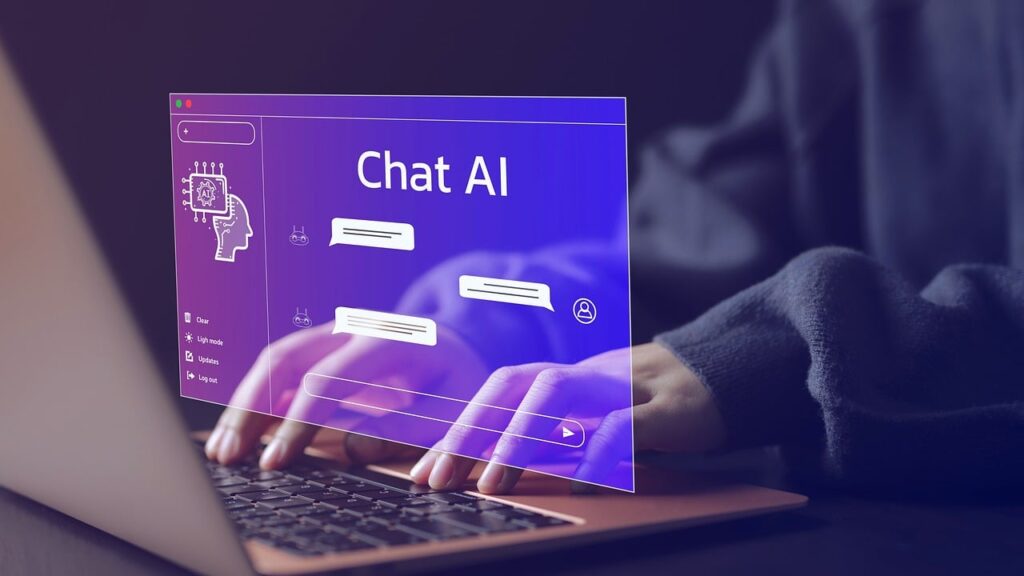Introduction
Large Language Models (LLMs) are at the heart of many revolutionary advancements in Artificial Intelligence, powering everything from conversational chatbots to creative content-generation tools. These models, designed to understand and generate human-like text, form the foundation of Generative AI applications.
In this blog, we’ll explore what makes Large Language Models so powerful, their role in Generative AI, and how they are transforming industries worldwide.
???? Want to dive deeper into the world of LLMs? Explore the Advanced Generative AI Training Program at GenAI99.com.
What Are Large Language Models?
LLMs are advanced neural network architectures trained on vast datasets of text from books, websites, and other written sources. These models are designed to predict and generate coherent and contextually accurate text, enabling them to perform tasks like language translation, summarization, and conversation.
Key Features of LLMs:
- Context Awareness: They can understand the context of input and generate meaningful responses.
- Multilingual Capabilities: Many LLMs, like OpenAI’s GPT models, support multiple languages.
- Creativity: They can produce poems, stories, code, and even art when paired with generative tools.
How Do Large Language Models Work?
At their core, LLMs use a machine learning technique called transformer architecture, which excels at processing sequential data. Key components of their operation include:
- Tokenization: Breaking input text into smaller units (tokens) for processing.
- Training: Using billions of parameters and massive datasets to learn patterns in text.
- Attention Mechanisms: Assigning importance to specific parts of input for generating accurate responses.
Popular models like GPT-4 and BERT are examples of LLMs that leverage this architecture to deliver state-of-the-art performance.
Role of Large Language Models in Generative AI
Generative AI relies on LLMs to create content that mimics human creativity. From drafting emails to creating entire books, LLMs provide the foundation for applications that can:
- Generate Human-Like Text: Chatbots and virtual assistants, like those powered by OpenAI, use LLMs to communicate effectively with users.
- Automate Content Creation: Tools like Jasper AI and Writesonic leverage LLMs to produce high-quality marketing content.
- Enhance Learning: Educational platforms use LLMs for personalized learning experiences, including tutoring and content summaries.
???? Want to integrate LLMs into your workflow? Check out the Generative AI for Professionals Program.
Applications of LLMs Across Industries
1. Healthcare
LLMs assist in medical research, summarizing clinical studies, and even drafting patient reports. For instance, they can help doctors make sense of large volumes of medical data.
2. Marketing
Marketers use LLM-driven tools to automate tasks like ad copy creation, email drafting, and SEO optimization, saving time and boosting efficiency.
3. Education
In education, LLMs power personalized tutoring applications and automatic grading systems, transforming traditional learning methods.
4. Entertainment
Creative industries use LLMs to generate scripts, songs, and interactive storylines, enriching user experiences in gaming and media.
Benefits and Challenges of Large Language Models
Benefits
- Efficiency: Automates repetitive tasks, saving time and resources.
- Scalability: Easily adapts to a wide range of applications and industries.
- Accessibility: Brings advanced AI capabilities to non-technical users through user-friendly tools.
Challenges
- Bias: LLMs can inherit biases present in their training data, leading to potentially harmful outputs.
- Resource Intensity: Training and deploying LLMs require significant computational resources.
- Ethical Concerns: Issues like misuse for misinformation need to be addressed.
Future of Large Language Models
The future of LLMs looks promising, with ongoing research focused on improving their efficiency, reducing biases, and expanding their capabilities. Advancements like few-shot learning and fine-tuning are making these models more accessible and versatile than ever.
Conclusion
Large Language Models are the backbone of Generative AI, unlocking unprecedented possibilities in automation, creativity, and problem-solving. By understanding and leveraging LLMs, you can harness their potential to innovate and transform your industry.
Ready to master Large Language Models? Explore the full range of AI training programs at GenAI99.com and take your first step into the future of AI!





